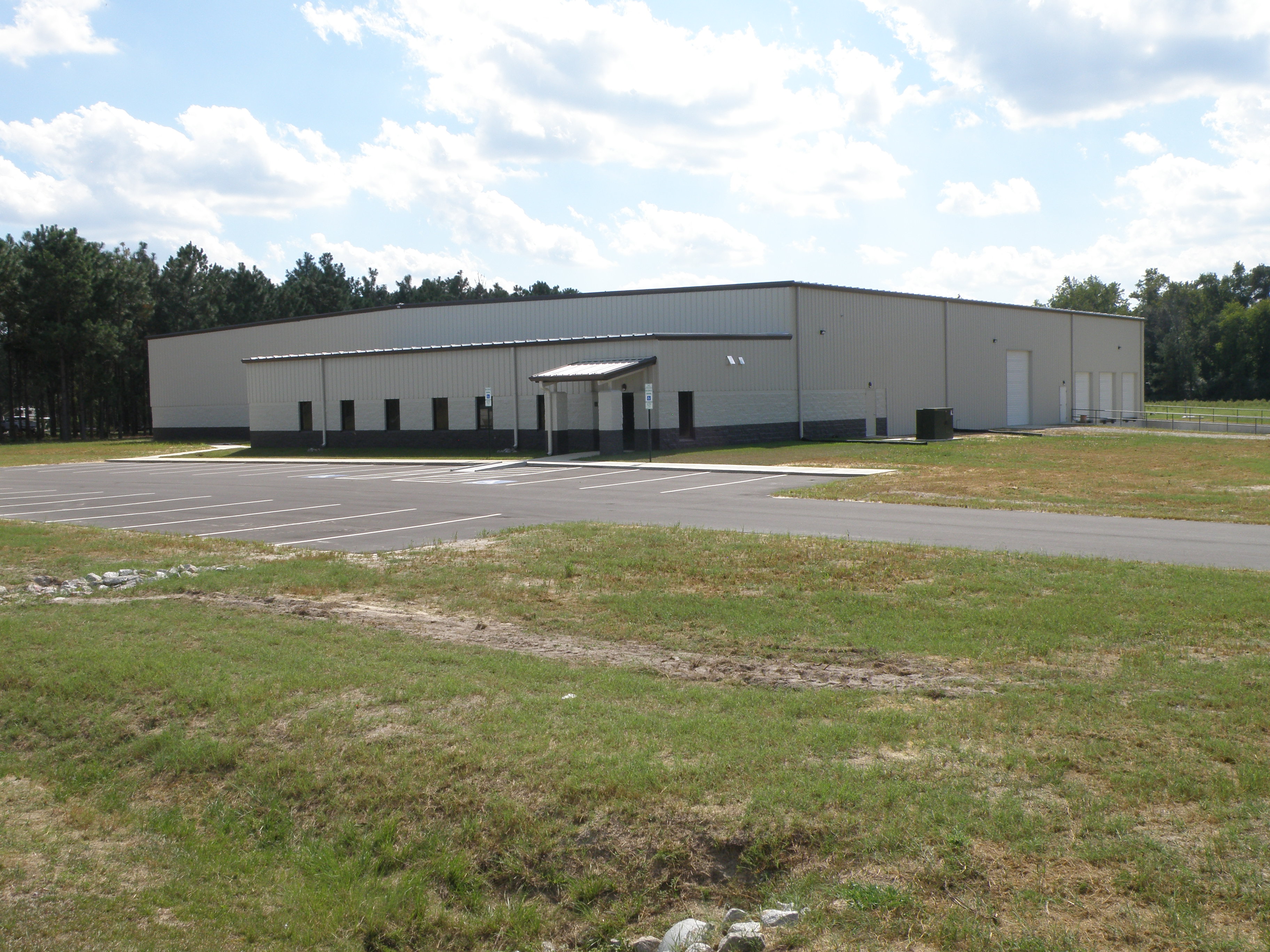Sudden property damage can cause financial and emotional hardship on both those directly affected due to loss of their living quarters and indirectly to those now losing out on income from that property. Fire, water, mold, vandalism, vehicle damage, human remains cleanup and law enforcement actions can all take place rather quickly and can have a devastating effect. They can occur to any age property, at any location and at any time.
Preparation and implementation are the main steps you must take to minimize disruption and difficulties when faced with property damage. Start with a Disaster Preparedness Pre Planning Document. Work through your own logistics including property managers should you have them so that when that call comes in at 3am on a holiday weekend, the information is available to the person who needs to implement the plan. The emergency file should contain everything from contact information for the utilities at that property to emergency contact information for the tenants, red-cross information, your insurance information, your maintenance team information and your emergency vendor information.
You may not be able to rely solely upon your insurance company to handle your emergency needs. Although. as part of your preparation, meet with your agent on an annual basis to review your policies, limitations and deductibles. Make sure that the agent is aware of the steps you are taking to minimize your exposure such as adding smoke detectors, life safety and minimize damage through early detection. Make sure that you understand your policy as much as possible. Discuss your policy with your emergency vendor, as they are very familiar with the industry and the most frequent issues that come up.
Do your homework. A good restoration vendor has the knowledge, experience and equipment to handle the variety of challenging aspects that are over and above a regular contractor or builder. There are many restoration and reconstruction professionals available but there are fewer and fewer that are truly staffed, funded and operated as professionally as you need them to be. Contact and meet with your emergency service providers before any loss occurs and they too can assist you with preparing your emergency file.
Once damage has occurred, implement your plan. The key here is to take an honest assessment and determine if this is above the capacity of your maintenance staff. If you are not sure, by calling your emergency vendors, you can discuss the situation and they can talk you through it to see if it is something that they should help you with. Though your agent may not be available after hours, your insurance company will most likely have a staffed call center available 24 hours a day. Plan on the fact that you will not have contact with the adjuster that will handle your claim until normal business hours and other than the larger losses, an adjuster may not inspect your property for several days to a week or more.
Mitigation, restoration and reconstruction are terms used frequently in the property repair and insurance industry and can be somewhat interchangeable at times. Regardless of who your insurance company is, you as the policy holder have a “duty to mitigate” your loss. Boarding up, covering up, cleaning up, extraction of water, drying of building spaces are all examples of mitigation. Restoration is typically what is done to repair existing items that are not in need of replacement and reconstruction is exactly what it sounds like. Mitigation is the most critical and time sensitive when there is water involved.
After the loss has occurred, your plan implemented and mitigation has been completed, your emergency vendor and the insurance adjuster will work to reach an agreement on both the scope of work (what needs to be done) and the cost of the work. Changes that you want to make to the scope of work are between you and your vendors.
By preparing for the unexpected, you too can minimize any problems and facilitate the rapid repairs to your property so you can get the property back to a pre-loss condition and business as usual.
We fix broken buildings. For help anywhere, please call Brenda Leidholdt, Business Development Manager at 427-A Chicago Drive Fayetteville, NC 28306 910-824-5129 brenda.leidholdt@goblusky.com

Keith Dunn began farming hemp in 2017. A few weeks later he founded East Carolina Hemp Supply. After years of slow but steady growth, Dunn hopes to one day be able to build a hemp processing plant in North Carolina to boost the industry and local eco

Photo provided by Bladen County Economic DevelopmentVectorTex USA, LLC, a product developer and technology company, will create 44 new jobs in Bladen County. The company will establish its first North American manufacturing facility in Elizabethtown.